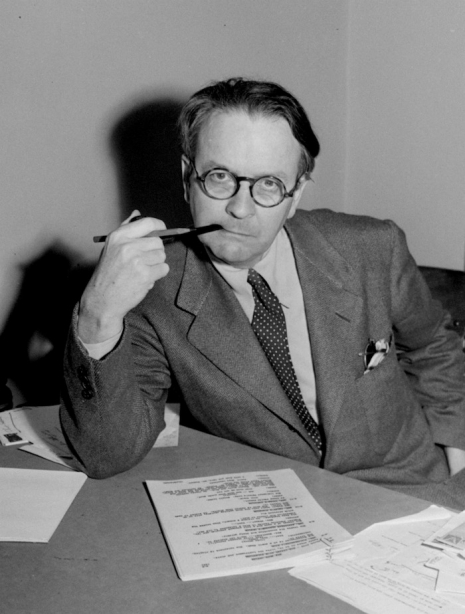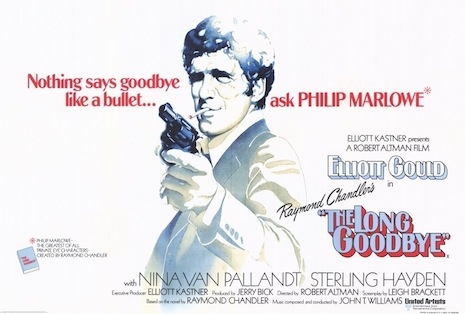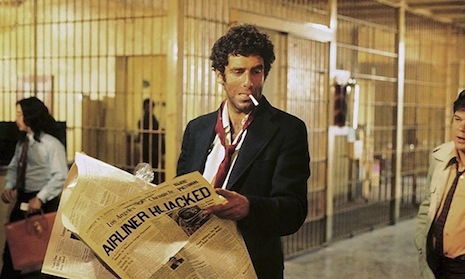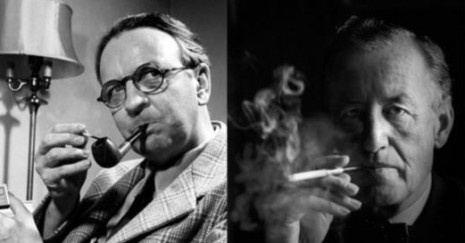
Thankfully Raymond Chandler was a lousy poet.
Chandler started writing after he was fired from his job with the Dabney Oil Syndicate. He was vice president of the company. Made no difference. He was fired after spending too many days sitting in his swivel chair, foot-dangling, fooling around with his secretary and getting loaded. His alcoholism and absenteeism led to his dismissal. It was 1932. America was in a deep depression. Chandler was in his mid-forties. He had no money, no prospects, a worrying taste for liquor and an invalid wife to support. Chandler later said, there is nothing like losing your money to find out who your friends really are.
Chandler found out he had none.
That was when he made his most radical, most insane, and most important decision of his life. He decided to become a writer.
Chandler had picked up on the Black Mask detective fiction magazine. He read it and thought maybe he could write pulp fiction too. Chandler had once wanted to be a poet. It took him time but he eventually realized he was a poor poet. His poesy had too much verbiage, too much thinking and not enough doing. How different things could have been for 20th century American literature had Raymond Chandler stuck to writing verse.
Chandler decided he had better learn how to write. He signed up for classes in short story writing. He got an “A.” He studied Erle Stanley Garner by copying out his stories to learn how they were constructed. He read Dashiell Hammett. He read Hemingway. He wrote pastiches of them all.
Hemingway, Hammett, and Garner taught Chandler how to cut the slack in his writing. He later claimed it took him two years to learn how to have a character leave a room or take his hat off. Simple writing, he discovered, was exceedingly difficult. His experiences writing short detective fiction for Black Mask taught Chandler everything.
After five years with Black Mask, Chandler wanted to move on. He knew his short stories were just thumbnail sketches for a much greater work. In the summer of 1938, Chandler spent five months writing The Big Sleep. It was the first of seven novels featuring his hardboiled private eye Philip Marlowe.
Marlowe was a composite of all the other private detectives Chandler had written. He plundered his back catalog lifting plots and storylines from his Black Mask stories. The Big Sleep used plot lines from earlier stories like “Killer in the Rain” (1935) and “The Curtain” (1936). Chandler was more interested in creating atmosphere than just writing plots. His novels were not whodunnits? but rather “whydunnits?” How Marlowe responded to each story was as important as solving the crime. Everything was refracted through Marlowe. It was a new way of writing detective fiction, one that changed everything—and one that would inevitably lead to the Gonzo writing of Hunter S. Thompson where the narrator is as important as the story he is telling.
I dug Chandler from the day I pulled The Lady in the Lake off the library shelf. Chandler hipped me to a world of action and a style of writing that changed my life. I eventually bought up all the Marlowe stories I could afford. Then through time and foolishness, lost them all again. Before Christmas last year, I picked up a boxed set of the complete Philip Marlowe novels. They were the same set of green-spined Penguins I had first started reading way back when I thought these the coolest books I had ever seen. Designed by James Tormey, the covers used colorized stills from original 1940’s Marlowe movies featuring Humphrey Bogart, Lauren Bacall, Robert Montgomery, and Dick Powell.
About a decade ago, I snapped up another set of Penguin Marlowes, this time with iconic, minimalist covers by Steven Marking. Both sets of covers are cool but the contents will always be best.



See more classic Raymond Chandler covers, after the jump…













